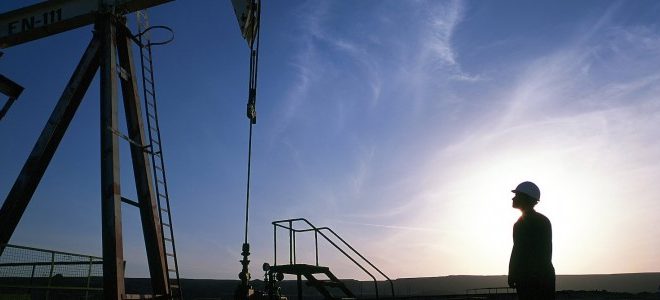Lenin would not have dabbled in a capitalist activity such as oil pricing. Nevertheless he captured its essence. “Who whom?“ – who can do what to whom – describes who sets prices and who just has to accept them. And Saudi oil giant Aramco has just decided that it will not be the one dictated to.
Aramco. the world’s largest oil company. is changing the basis on which it sets prices for its Asian customers. Since the mid-1980s. it has used the average of the Oman and Dubai crude prices assessed by Platts. a specialist energy information provider. It then applies a set of discounts or premia for each of its crude grades. to give a set of Official Selling Prices (OSPs). It adjusts these factors monthly depending on its view of the market. ensuring that it receives the best possible price while still being competitive for its customers. Kuwait. Iraq and Iran usually watch Aramco closely before setting their own OSPs.
But there have been no trades of Oman in the Platts pricing window in 2017 or this year. while the Dubai Mercantile Exchange (DME) has traded about 3.200 contracts daily this year. So Aramco will now shift from the Platts Oman assessment to using the Oman price quoted on the DME. Based in the Dubai International Financial Centre. DME is a joint venture of CME Group. the world’s largest futures exchange. Dubai Holding. Oman Investment Fund and a number of big banks and oil companies.
For now. Aramco has gone half-and-half. using the DME Oman price and the Platts assessment of Dubai prices. This may satisfy traditionalists within Aramco. but it will eventually be simpler for the company to shift over to using DME solely.
This move should track the market better. avoiding either leaving money on the table. or overpricing and struggling for market share. It may also lead to a slight gain in pricing because of the improved risk management for customers available from hedging. DME offers contracts on the spreads (difference) between Oman crude oil. Brent (the European and main international marker). and various oil products. allowing refiners to hedge their exposure between input and outputs. As the exchange gains liquidity. it enters a virtuous circle of becoming more attractive to traders.
Oman has priced its sales on DME from its launch in 2007. and Dubai adopted DME pricing in 2009. Now. where Aramco goes. others will follow. Iraq’s State Oil Marketing Organisation looked at switching to DME last year. but although it has sold some surplus cargoes through the exchange’s auction system. it has not yet changed its pricing model. Adnoc set up a new trading unit in April. and in general is testing new approaches across its businesses. A move to adopt DME looks likely here too.
The Bahrain Petroleum Company. only a small player. will probably also concur. In the Gulf. that will just leave Kuwait. Qatar and Iran to decide.
The INE contract has several problems for traders – particularly. denomination in yuan. restrictions on crude imports into China. and the contract’s subordination to Beijing’s imperatives. which are in the direction of cheaper oil. An international. impartially regulated. dollar-denominated exchange such as DME will be preferable for most non-Chinese traders.
The contracts of INE and DME. which reflect similar underlying crudes. should trade closely in line. In practice. INE has traded often at a discount to DME. when it should be at least $2.50 per barrel above. allowing for transport costs from the Middle East to China.
In May and June. Asia’s largest refiner. China’s Sinopec. announced it would cut its long-term contract purchases from Aramco by 40 per cent. With usual variation only allowed within a range of plus or minus 10 per cent. Sinopec was playing hardball. arguing that Aramco’s prices were too high.
The Chinese state firm may also have been looking ahead to the possibility of acquired discounted cargoes from Iran as sanctions tighten.
Sinopec’s stance could be just a foretaste of what could happen as China’s oil thirst swells. In 2015. Sinopec and Petro China. the largest Chinese oil firms. were accused of squeezing the market by acquiring nearly all the available Oman cargoes. Asia imports some 22 million barrels of crude daily. of which China hit a record high of 9.6m bpd in April. The Arabian Gulf countries collectively export about 19m bpd. and from this 5m bpd is Saudi crude to Asia. now under the new pricing methodology.
With the growing self-sufficiency of North America. and long-term expected decline in European demand. Asia is the key crude market today and tomorrow for the Middle East.
The key question is. who leads and who follows. Aramco’s decision puts DME in the driving seat. and it will be in an even stronger position if other Middle East producers follow. Aramco may not be able to fix the price of oil. but they can at least ensure it is not set six thousand kilometers away.
 Iran Energy News Oil, Gas, Petrochemical and Energy Field Specialized Channel
Iran Energy News Oil, Gas, Petrochemical and Energy Field Specialized Channel




